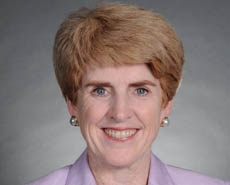Real Estate and EVs
Proptech Insights
Electric vehicles are heading towards real estate at speed and scale. With up to 300 million EVs on the roads by 2030, new business models are beginning to emerge. But for all the opportunities, there are also plenty of obstacles. Yardi’s Bernie Devine and ESR’s Dr. Michael De Jong-Douglas recently sat down to explore the […]








